Taboos for Drinking Pangolin Wine
Pangolin scales are commonly used traditional Chinese medicine materials, and are also known as Jia Pian, Chuan Jia Pian, and Lin Jia Pian in some parts of China. Now let us introduce to you the precautions for drinking pangolin wine.
Taboos for Drinking Pangolin Wine
Pangolin is believed to have a slightly cold nature and a salty taste in traditional Chinese medicine. It has good health benefits for the liver and stomach meridians, and can promote blood circulation, resolve swelling and abscesses, and treat rheumatic pain, insufficient lactation, and lymphadenitis. However, not everyone is suitable for taking pangolin. Improper use can cause harm to the body. The specific taboos for drinking pangolin wine are as follows:
First: Usage and Dosage of Pangolin
In daily life, pangolin is mostly taken internally. It can be boiled into soup or made into wine or medicine powder. The dosage should be controlled between 3 grams and 9 grams. If pangolin needs to be used externally, it can be ground into powder or mixed with wine and applied to the affected area.
Second: People Unsuitable for Taking Pangolin
Experts tell us that pregnant women are not suitable for taking pangolin. People with weak qi and blood and those with ulcerated abscesses should also avoid using pangolin, as it can worsen their condition. "Bencao Jing Shu" also records that people with insufficient vital energy for acne development should not use pangolin, as it will aggravate the problem.
Third: Identification of Pangolin
Pangolin scales are mostly triangular, diamond-shaped, or fan-shaped, with the middle part thicker than the edges. The back is yellowish-brown or blackish-brown with a certain luster, while the belly is lighter in color with a prominent arched transverse ridge. The scales are slightly transparent, flexible, and not easy to break. They have a fishy smell and a salty taste.
Fourth: Preparation of Pangolin
In general, the preparation of pangolin is relatively simple and can be done at home. After cleaning the pangolin, remove the scales, cut them into suitable sizes, put them in a pan and stir-fry with sand until they turn golden. Remove the sand and let them cool. This method is commonly known as "pao shan jia".
If you want to make vinegar pangolin, you need to prepare golden scales using the above method, remove the sand, and immediately put the pangolin scales into a vinegar container, mix well, and soak. Then rinse with clean water and dry. The proportion of pangolin scales to vinegar should be 2:1.
In addition to the above two methods of pangolin preparation, pangolin can also be stir-fried with soil, burned, fried with oil, or fried with clam powder. Different methods will yield different effects.
Taboos for Drinking Pangolin Wine
Common Methods of Pangolin Use
In the previous sections, we introduced the taboos of drinking pangolin wine, and we believe you have already understood its usage and dosage, as well as the population groups that are not suitable for intake. To avoid the occurrence of side effects, we recommend that you learn how to take this medicinal material correctly. Once you have mastered the recipe, the likelihood of harm will be greatly reduced.
First: Treatment of Early Swelling and Toxins
Place the pangolin in hot ashes, and when it turns black, it is ready. Grind it into powder, take two taels, mix it with a small amount of musk, and take it with warm wine.
Second: Treatment of Headless Abscesses
Prepare two taels of pangolin and peeled pig tooth soap plum each. After charring them together until they turn yellow, grind them into powder. Take one qian (3.75 grams) and take it with hot wine. The disease can be quickly controlled and treated.
Third: Treatment of Insufficient Lactation
Grind the prepared pangolin into powder, add an appropriate amount of white wine, and take it twice a day. After a few days, the effect can be seen.
Fourth: Treatment of Breastfeeding Pain
Char the pangolin and prepare two taels of wood vine and half tael of natural copper. After grinding the three ingredients together into powder, take two qian (7.5 grams) with warm wine. It can greatly alleviate the pain.
Fifth: Treatment of Stroke and Hemiplegia
Prepare two taels of pangolin, red sea clam, and Aconitum carmichaelii each. Grind them together into powder. Take half tael (1.875 grams) whenever the disease occurs, mix it with onion juice, apply it to the center of the foot of the affected side, wrap it with cotton cloth, and fix it. Sit in a windless room and remove the medicine after sweating.




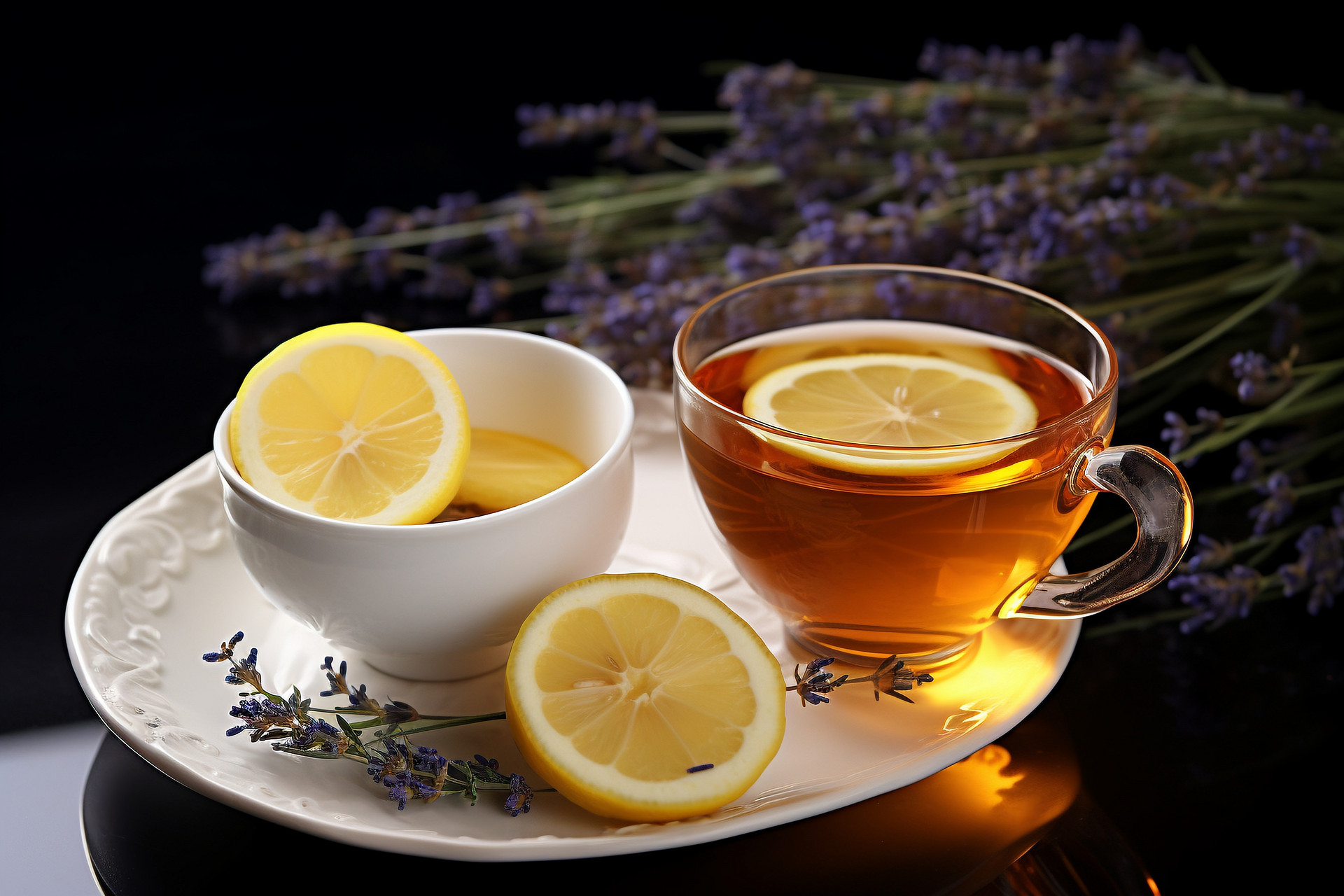
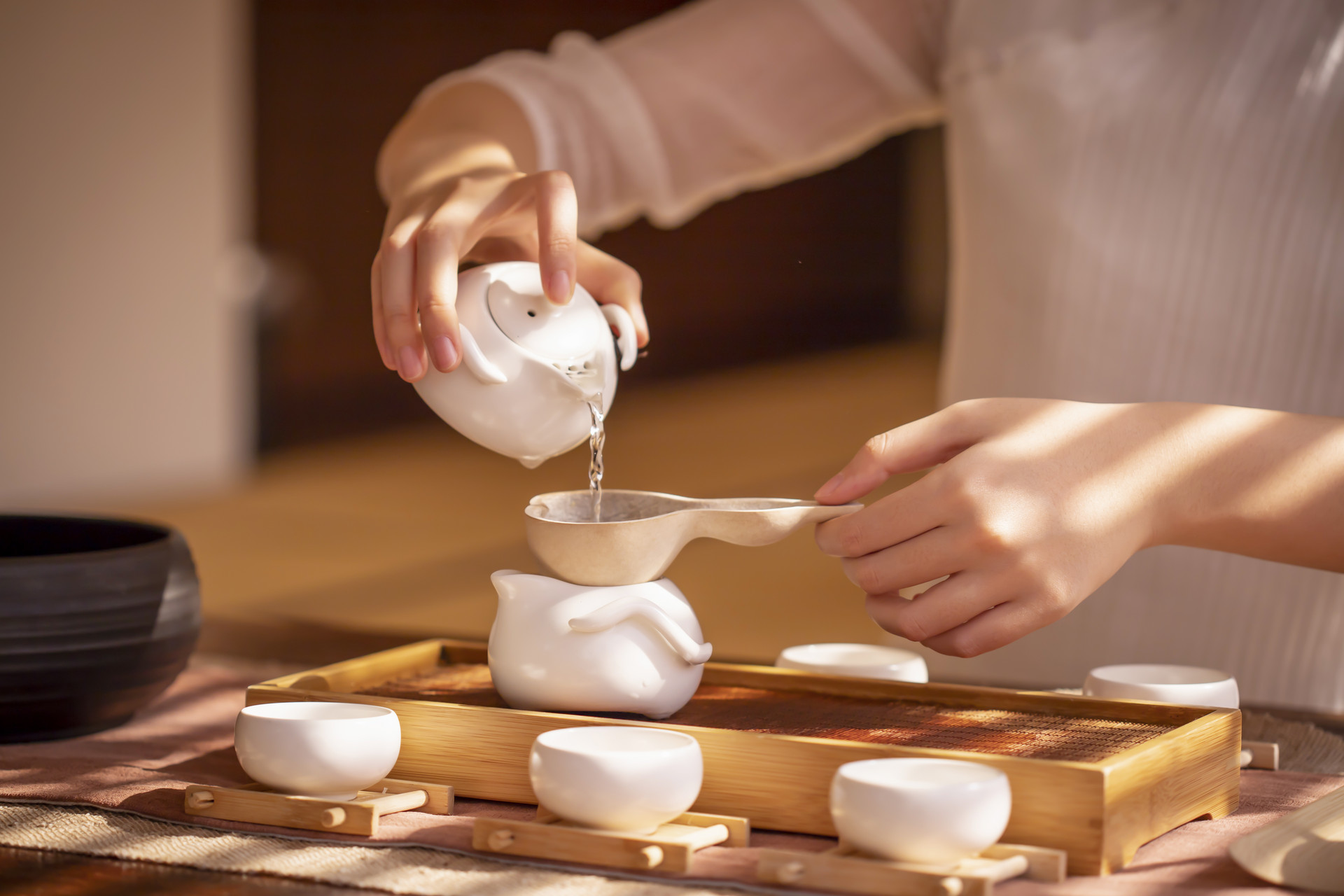
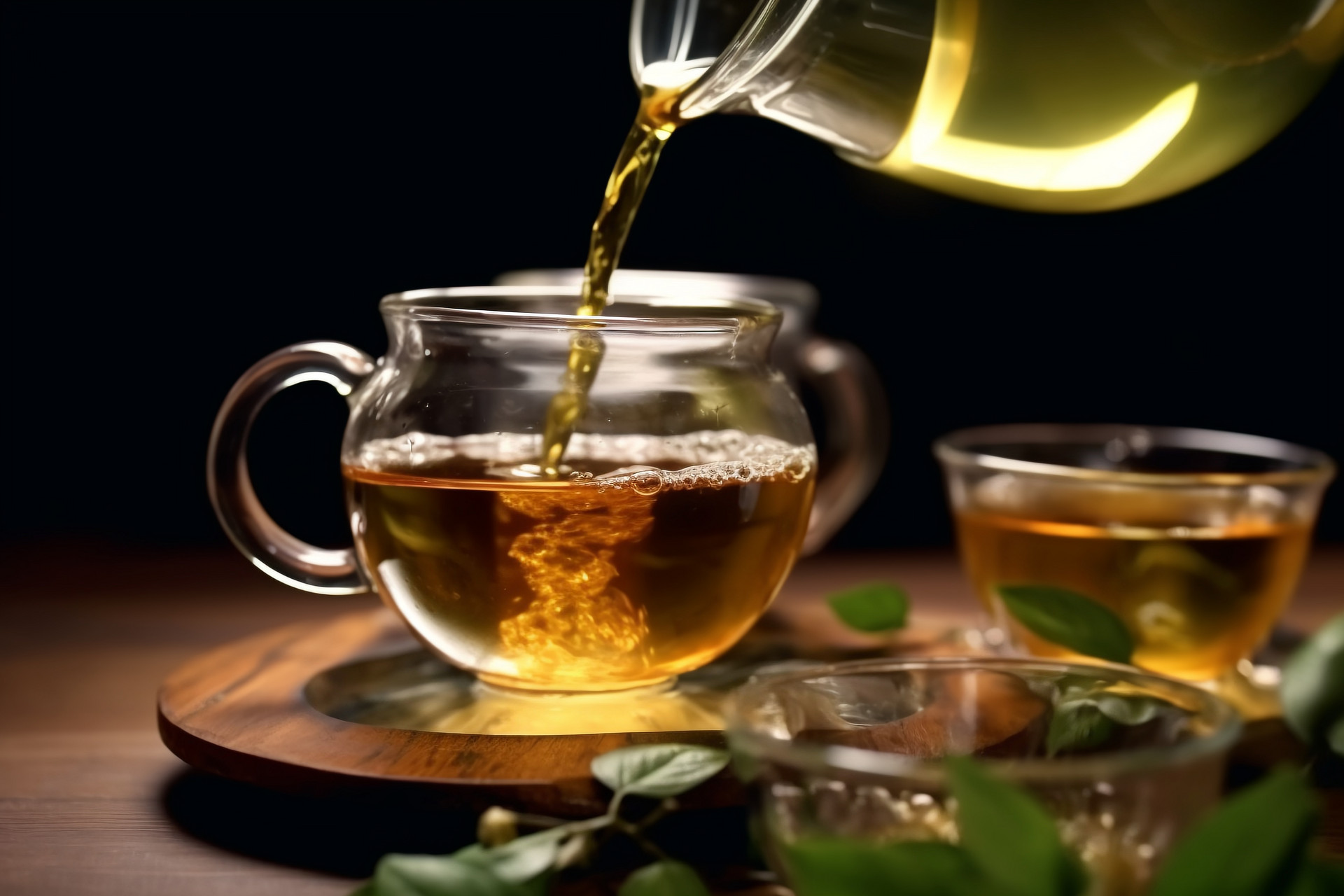

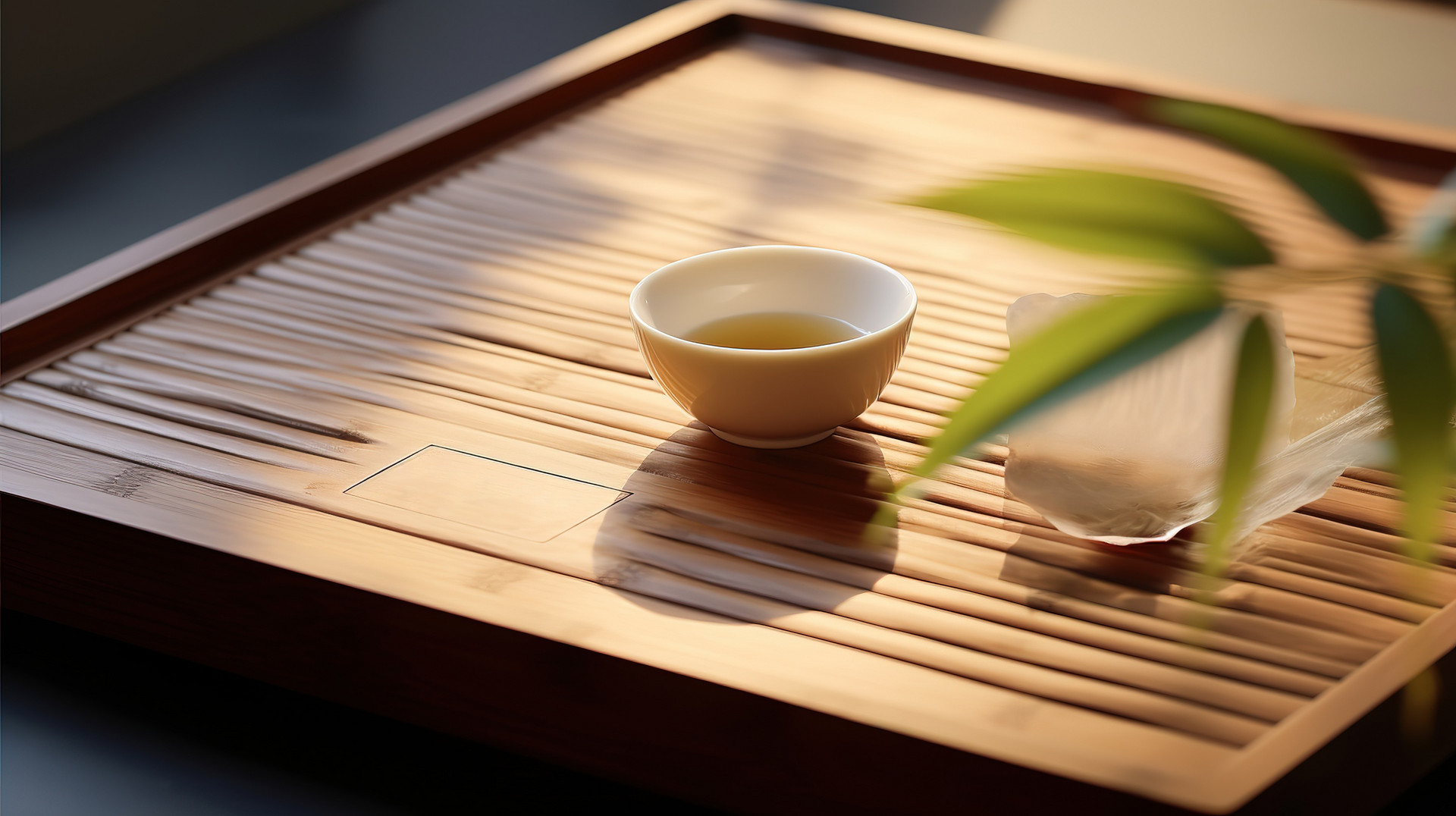
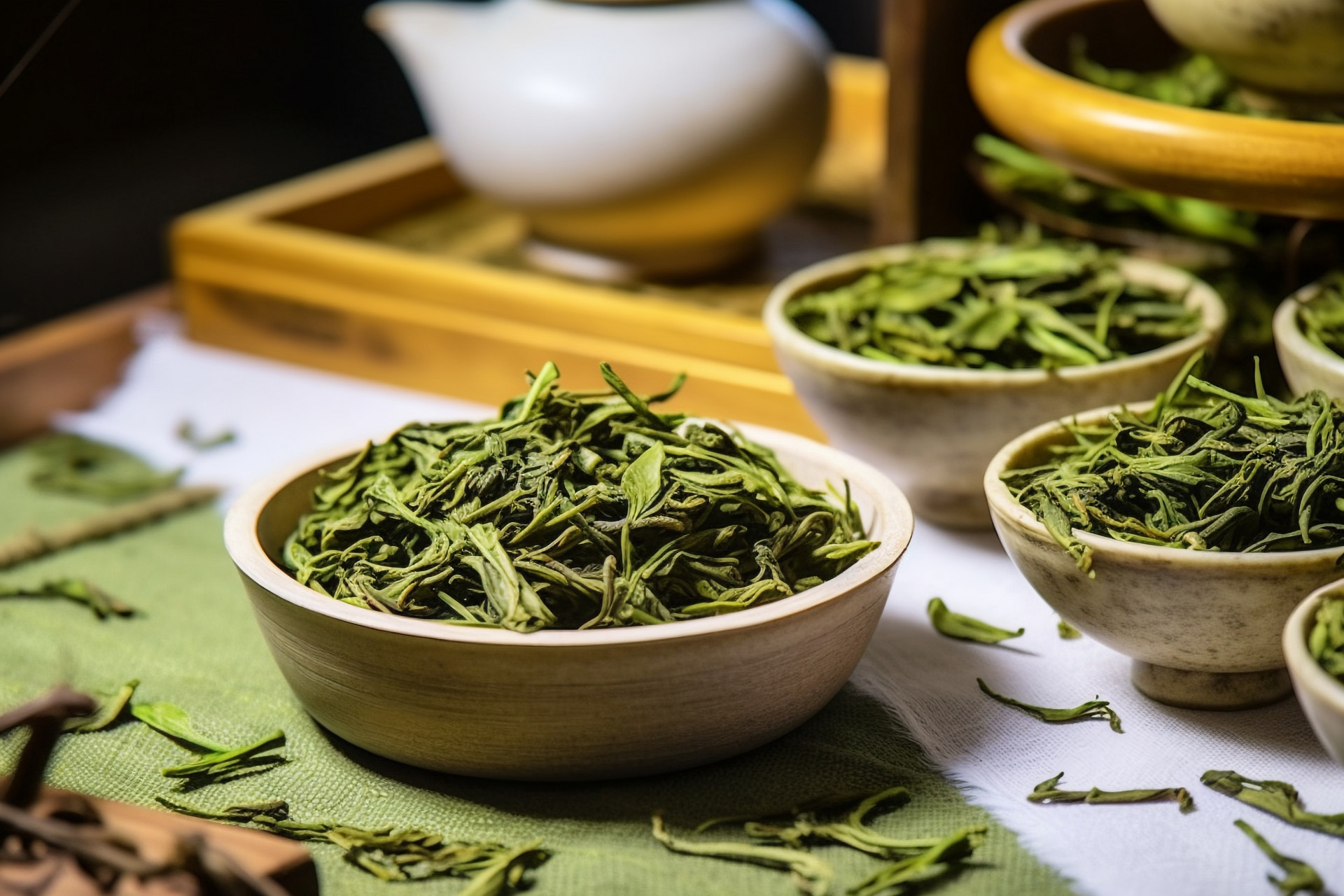
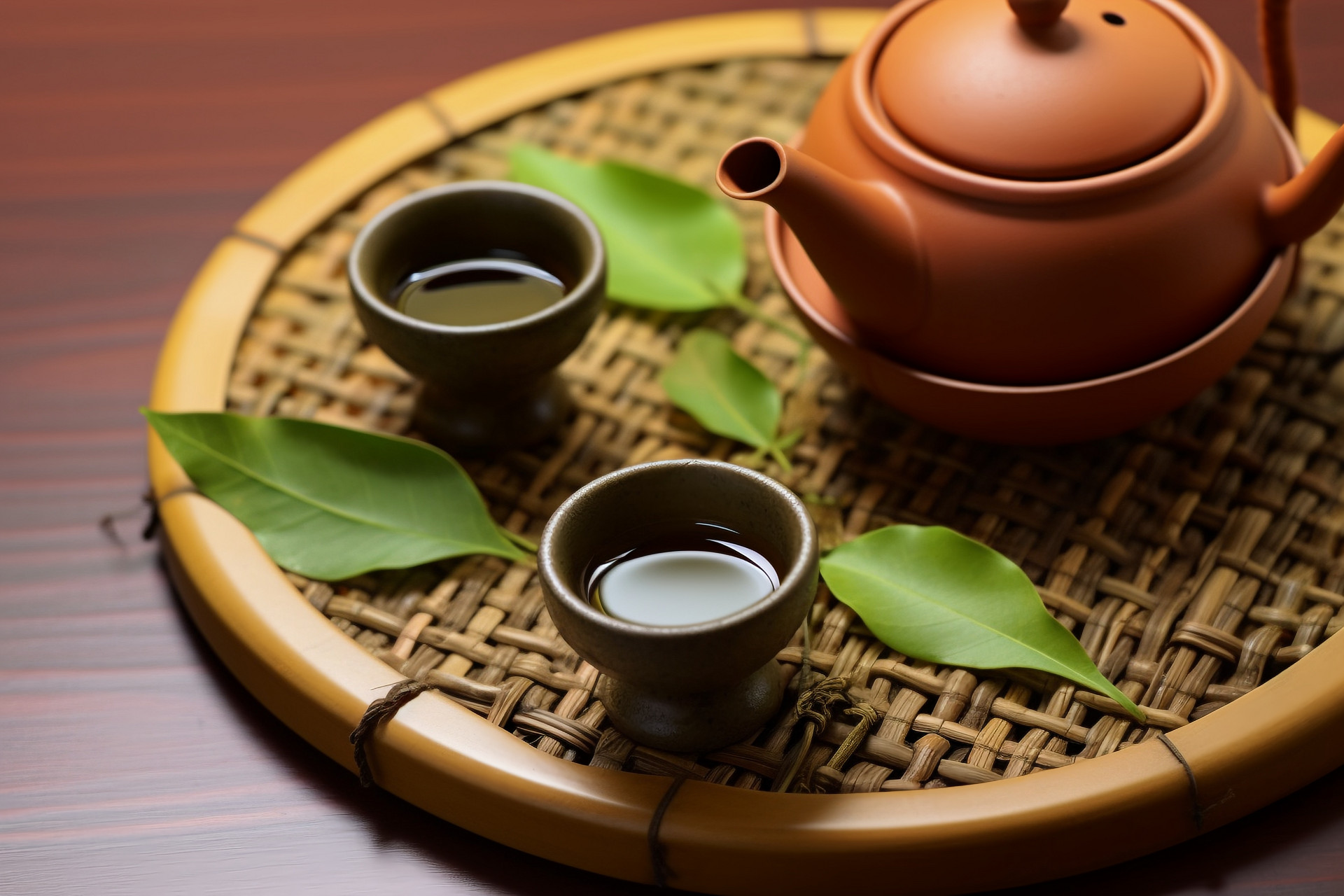
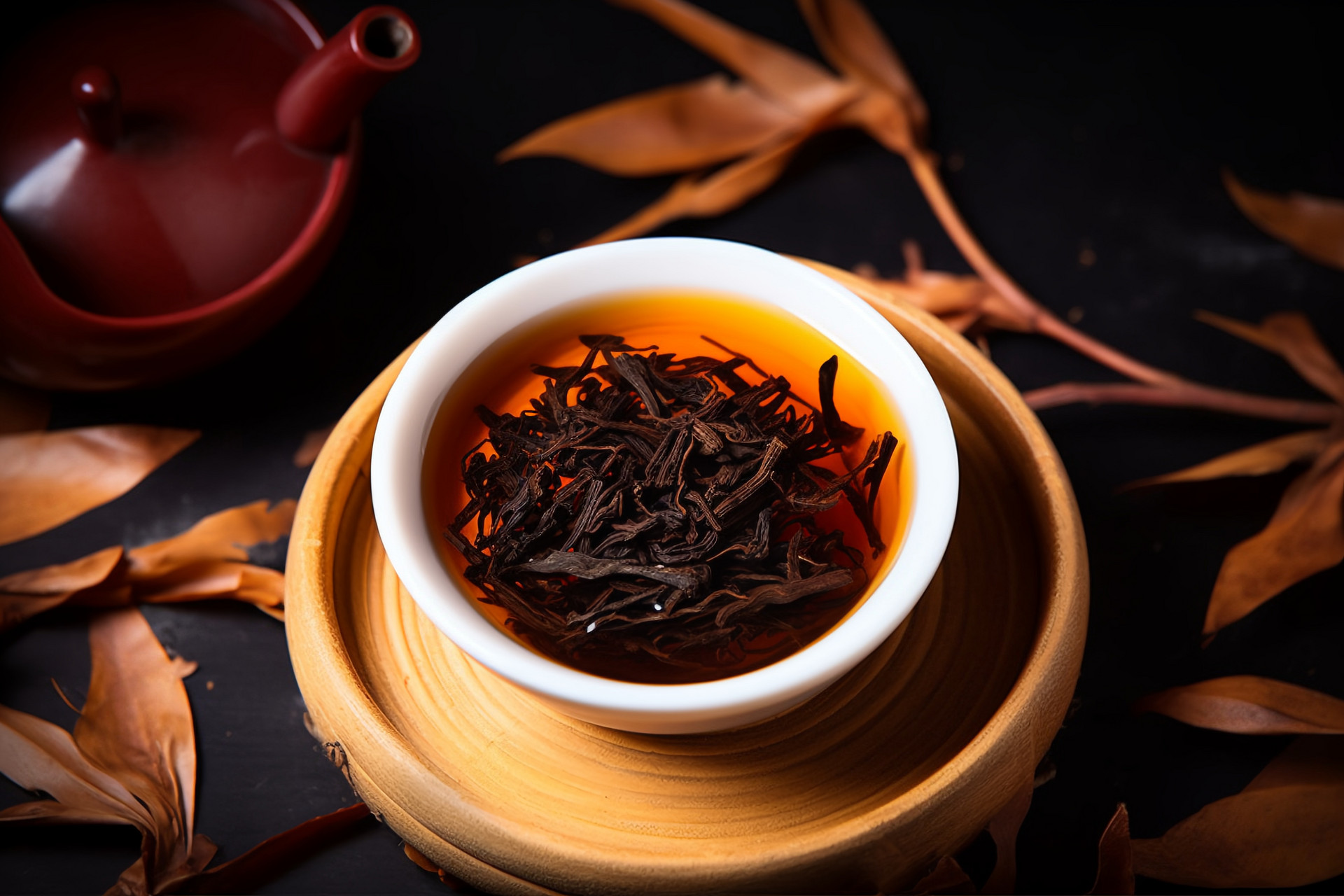
![[Herbal Wine Recipes for Health and Beauty]](https://tcmmaintenance.com/uploads/20240715/7241f6b6eafdaed88c28b26a37213964.jpg)